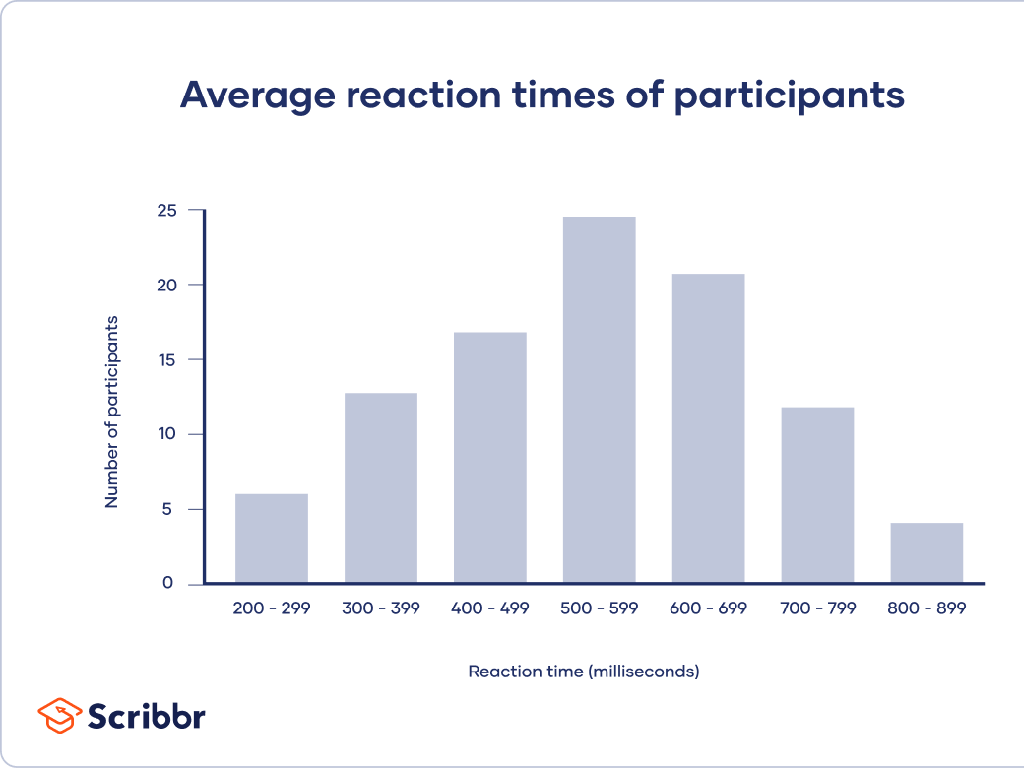The American Revolution: Struggle For Independence
Subject: Social studies
Grade: Fourth grade
Topic: The American Revolution
Please LOG IN to download the presentation. Access is available to registered users only.
View More Content
The Struggle for Independence
– What was the American Revolution?
– A war where the 13 American colonies fought for freedom from British rule.
– Reasons for seeking independence
– Unfair taxes and laws made without colonists’ consent led to a desire for self-rule.
– Impact of the Revolution
– The Revolution led to the birth of a new, independent nation: the United States.
– Key figures in the Revolution
– Leaders like George Washington and Thomas Jefferson became heroes of independence.
|
The American Revolution was a pivotal moment in history where the thirteen colonies in North America joined together to break free from British rule. This slide introduces the concept of the Revolution, focusing on the underlying reasons for the colonies’ desire for independence, such as unfair taxation and lack of representation in British Parliament. Discuss the significant outcomes of the Revolution, including the establishment of the United States. Highlight key historical figures who played a major role in the fight for independence, ensuring to provide context that is accessible and engaging for fourth-grade students. Encourage students to think about what it means to be independent and why it was so important for the colonies.
Life in the 13 Colonies: Path to Independence
– Colonial daily life overview
– Homes, schools, and jobs in colonial times
– British influence on colonies
– British laws and taxes in the colonies
– Factors sparking independence
– Acts and events that upset the colonists
– Understanding the revolution
|
This slide aims to give students a glimpse into what life was like in the 13 Colonies before the American Revolution. Discuss the daily life of colonists, including their homes, schools, and jobs. Explain how the British government played a role in colonial life through laws and taxes, and how this control contributed to the colonists’ desire for independence. Highlight key events and acts that led to the revolutionary movement, such as the Stamp Act and the Boston Tea Party. Encourage students to think about how they would feel if they were in the colonists’ shoes, fostering empathy and a deeper understanding of the causes of the American Revolution.
The Road to Revolution
– The Stamp Act ignites protest
– A tax on paper goods that angered colonists, leading to widespread protest.
– The Boston Tea Party’s bold statement
– Colonists dumped tea into Boston Harbor to rebel against British taxes.
– First Continental Congress unites
– Delegates from 12 colonies met to discuss and respond to British policies.
– Standing together for freedom
|
This slide introduces students to the pivotal events leading up to the American Revolution. The Stamp Act represented the first direct tax imposed by Britain on the American colonies, causing a surge of discontent and protest among the colonists. The Boston Tea Party was a significant act of rebellion that demonstrated the colonists’ resistance to British rule. The First Continental Congress marked a critical moment in colonial unity, as representatives from the colonies gathered to take collective action against British oppression. These events were crucial in setting the stage for the colonies’ fight for independence. Encourage students to think about how these events showed the colonists’ growing desire for freedom and their willingness to stand up against what they saw as unfair treatment.
Key Figures of the American Revolution
– George Washington’s leadership
– First U.S. President, led Continental Army
– Thomas Jefferson’s Declaration
– Wrote the Declaration of Independence in 1776
– Recognizing other leaders
– Leaders like Adams, Franklin, and Hamilton
– Their impact on independence
– Their decisions and actions helped America win freedom
|
This slide introduces students to the influential leaders of the American Revolution. George Washington was a military general and the first President of the United States, who played a crucial role in leading the Continental Army to victory. Thomas Jefferson, known for drafting the Declaration of Independence, proclaimed the colonies’ right to be free from British rule. Other notable figures include John Adams, Benjamin Franklin, and Alexander Hamilton, who each contributed to the revolutionary cause in significant ways. Their collective efforts and leadership were instrumental in the colonies’ struggle for independence. Encourage students to think about leadership qualities and the collaborative effort needed to achieve a common goal.
Major Battles of the American Revolution
– The Battle of Lexington and Concord
– First military engagements of the Revolutionary War
– Significance of Saratoga
– Turning point of the war, convincing France to support the colonies
– Victory at Yorktown
– Final major battle where British surrendered
– The end of the war
|
This slide aims to highlight the pivotal battles that shaped the American Revolution. The Battle of Lexington and Concord marked the start of armed conflict between the colonies and Britain. The significance of the Battle of Saratoga lies in its role as a turning point, after which international support from France bolstered the colonial forces. The victory at Yorktown is notable for being the final major conflict of the war, leading to British surrender and eventual independence for the colonies. Encourage students to remember these battles as key events that contributed to the colonies’ struggle for independence. Discuss the strategic and symbolic importance of each battle and how they influenced the outcome of the war.
Life After the American Revolution
– Revolution transforms colonies
– Colonies evolved into states with self-governance
– Treaty of Paris grants freedom
– 1783 treaty recognized U.S. independence from Britain
– Birth of a new nation
– The United States of America was officially formed
|
This slide aims to help students understand the significant changes that occurred after the American Revolution. It’s crucial to explain how the colonies transitioned from British rule to independent states with their own government. Highlight the Treaty of Paris in 1783 as a pivotal moment when Britain recognized American independence. Discuss the creation of a new nation, the United States of America, and how it was an unprecedented event in world history. Encourage students to think about how these changes might have felt for the people living during that time and the sense of opportunity and challenge that came with forming a new country.
The Global Impact of the American Revolution
– Inspired other nations
– Countries like France were influenced to fight for their own freedom.
– Spread of democracy
– Ideas like liberty and representative government became popular worldwide.
– Revolution’s lasting legacy
– The American Revolution is a symbol of the fight for independence.
– Influence on modern world
– Today’s democracies are shaped by principles from the Revolution.
|
This slide aims to show students how the American Revolution had a ripple effect across the globe. It not only led to the establishment of the United States but also inspired other countries to pursue their own independence. The spread of democratic ideas following the Revolution promoted concepts of liberty and self-governance. The legacy of the Revolution continues to influence the political landscape of many nations today, with democracy being a prevalent form of government. Encourage students to think about how the ideas from the American Revolution might be seen in our world now, such as in the government, voting, and rights.
Class Activity: Revolutionary Role-Play
– Reenact a Revolution scene
– Choose a historical character
– Patriot, Loyalist, or British Soldier
– Create a character dialogue
– What might your character say?
– Understand different perspectives
– See the Revolution through various eyes
|
This activity is designed to help students empathize with the different viewpoints during the American Revolution. By choosing to be a Patriot, Loyalist, or British Soldier, they will explore the motivations and beliefs of these groups. Teachers should guide students to create dialogues that reflect the historical context and the character’s perspective. Possible activities: 1) A Patriot arguing for independence, 2) A Loyalist explaining their loyalty to the Crown, 3) A British Soldier discussing orders, 4) A debate between a Patriot and a Loyalist, 5) A scene of a family divided by their allegiances. This will deepen their understanding of the complexities of the struggle for independence.






